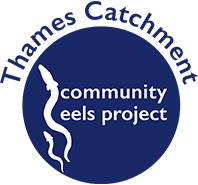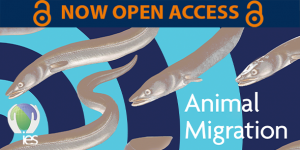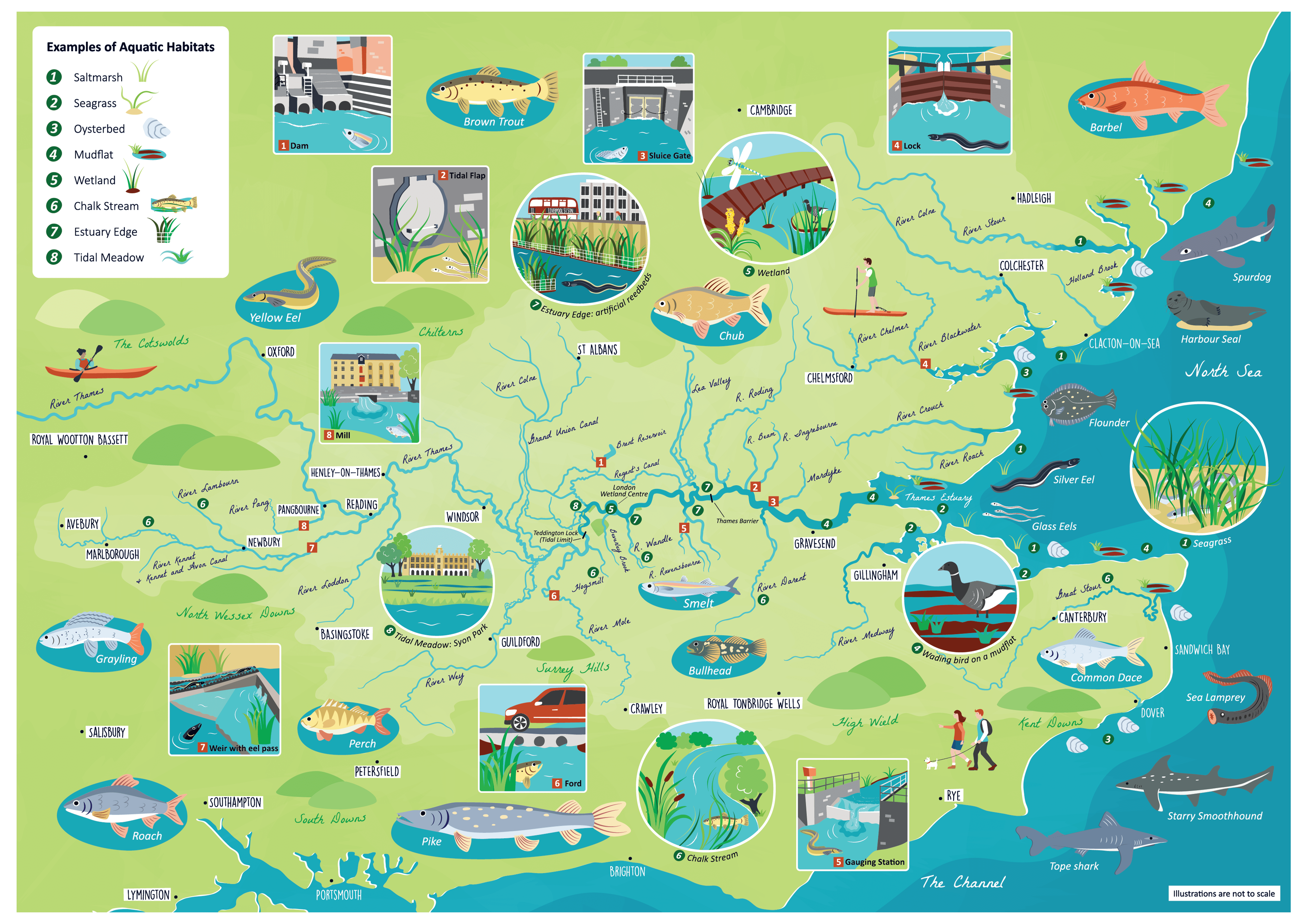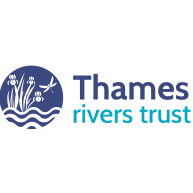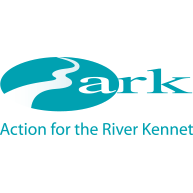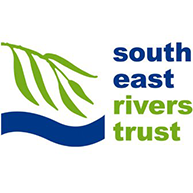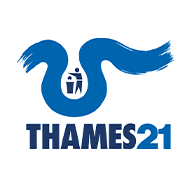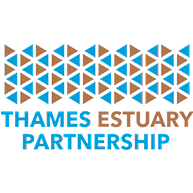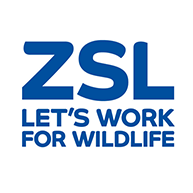We were thrilled to be lead the Thames Catchment Community Eels Project. It was one of the first environmental projects awarded a grant from the government’s £80 million Green Recovery Challenge Fund
The project was a partnership, led by Thames Rivers Trust in partnership with fellow Rivers Trusts Action for the River Kennet, South East Rivers Trust and Thames21, the project was driven to aid the long-term survival of the European eel.
The rivers in the Thames catchment have an immense natural and cultural heritage. The eel was once common, yet is now critically endangered.
Together the partnership worked closely with the Zoological Society of London and Thames Estuary Partnership to created and pilot a nationally recognised methodology (now known as ObstacEELS) suitable for citizen science use to identify, assess and map barriers to eel migration in our rivers.
5 rivers were targeted for this project and local volunteers trained to use an app walk the riverbanks in small teams over 2021. The new data has been shared with the Thames River Basin Eel Management Plan and is being used by the partner Rivers Trusts, Catchment Partnerships and others for strategic prioritisation for future eel projects improving river connectivity.
To find out more read Thames Estuary Partnership’s Blog What is r-eely going on?
Listen to Talk of the Thames Podcast What is r-eely going on? Thames Catchment Community Project
Listen to our follow up Podcast, sharing the successes of the project The success stories of Thames Catchment Community Eels Project
Read Natural Apptitude’s December Blog, it’s all about ObstacEELS OurApp is Making a Splash in the Thames!
Read a ZSL led case study on ObstacEELS.
Read our co-written case study Eels in the Thames in the Environmental Scientist, exploring the phenomenon of animal migration, what our project has done to help and the data so far. Find the case study on page 22.
For eels to fulfil their complex life cycle they need to be able to freely move up and down river systems before returning to the Sargasso Sea to spawn.
Eels only spawn once in their life time. Our aim was raise the profile of this critically endangered fish through education and engagement with local schools and communities.
There were a range of ways to get involved:
The project was delivered December 2020 – March 2022.
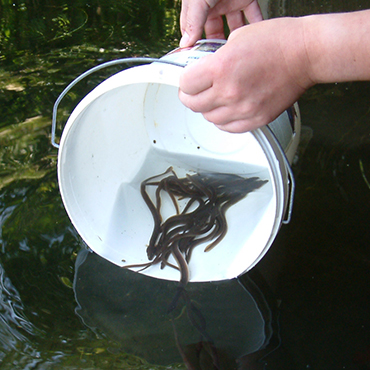
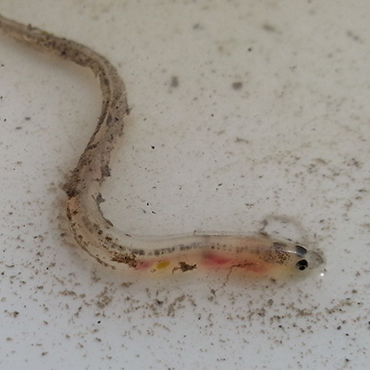
Complex Life Cycle of an Eel
Did you know European eels migrate between the ocean and freshwater habitats to complete their life cycle?...
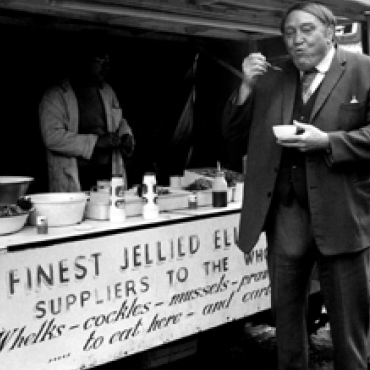
Did you know?
Interesting facts about the European eel, how it has become critically endangered and the Thames River Basin....
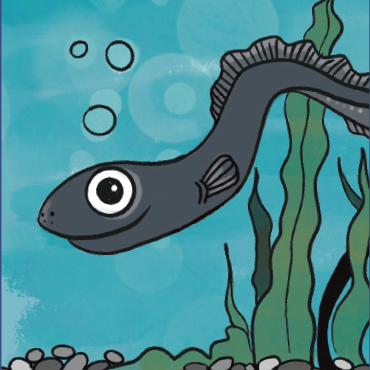
Eely Educational Resources
Explore our range of Eely resources to help with teaching and learning at home and at school....
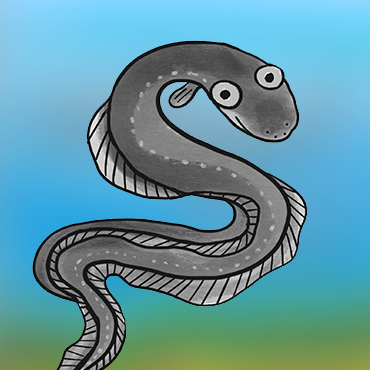
Eely Gallery
Where you will find wonderful artwork from schools that have been involved with the project....
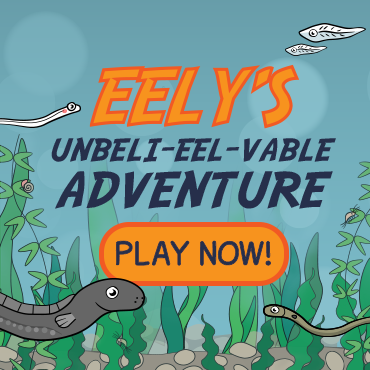
Eely’s Unbeli-eel-vable Adventure
Play our fantastic online eel game! Help Eely on his epic migration across the ocean to reach our freshwater rivers...
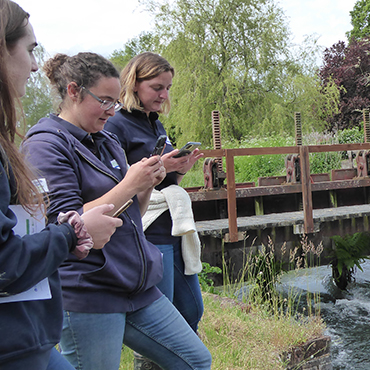
ObstacEELS
ObstacEELS is a new citizen science initiative, identifying, assessing and mapping barriers to eel migration in our rivers. To find out more...
Thames Catchment Community Eels Project completed in March 2022, for more information please contact us


